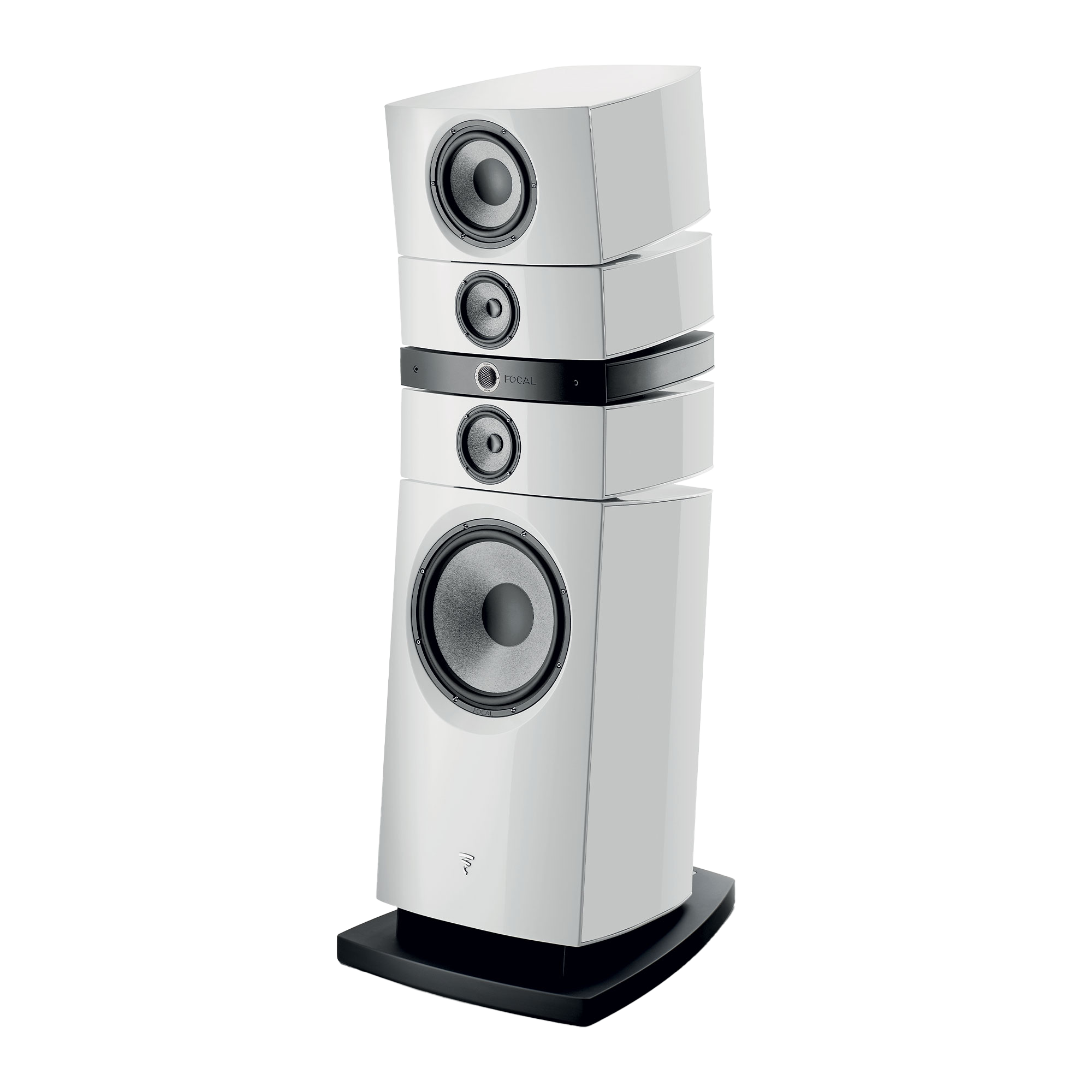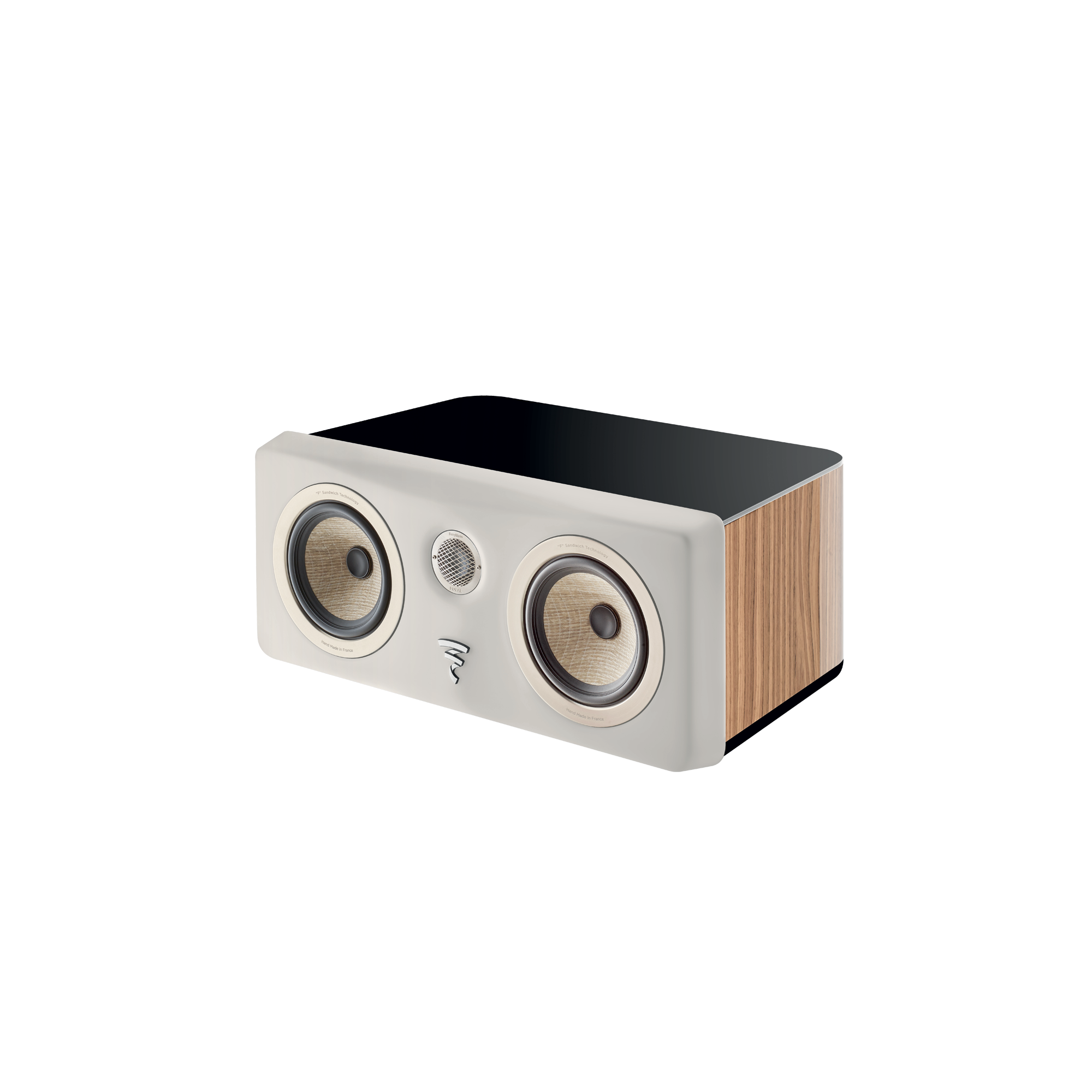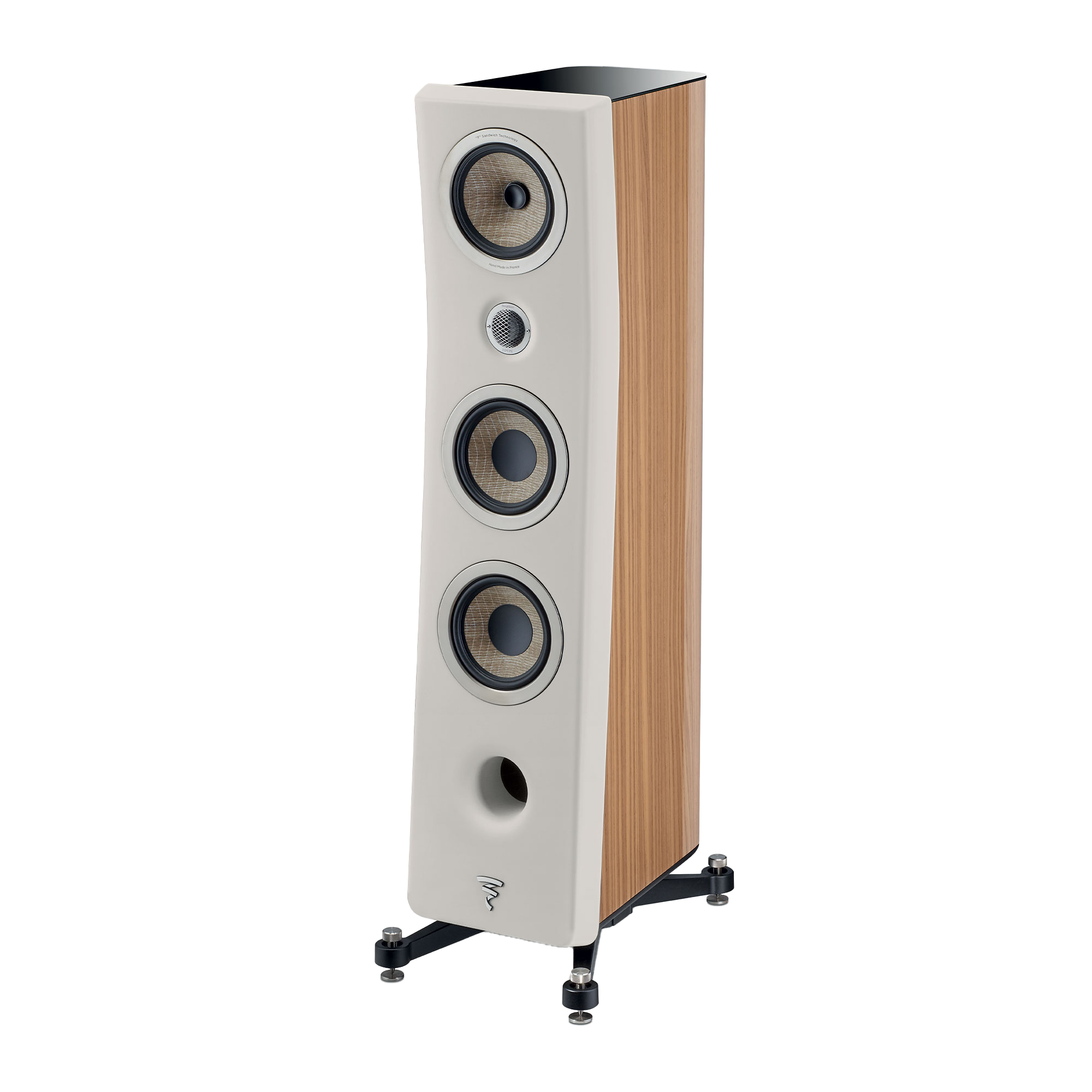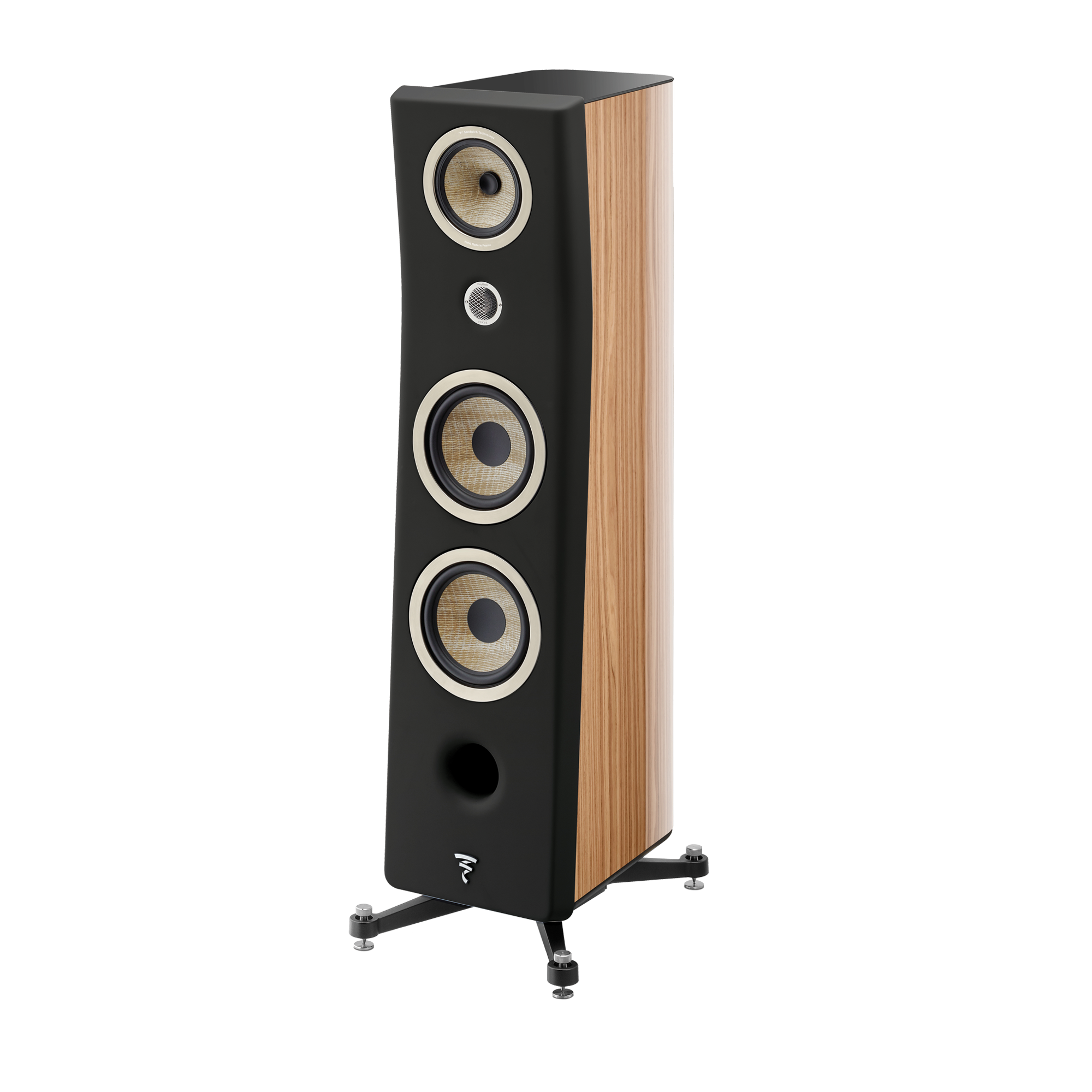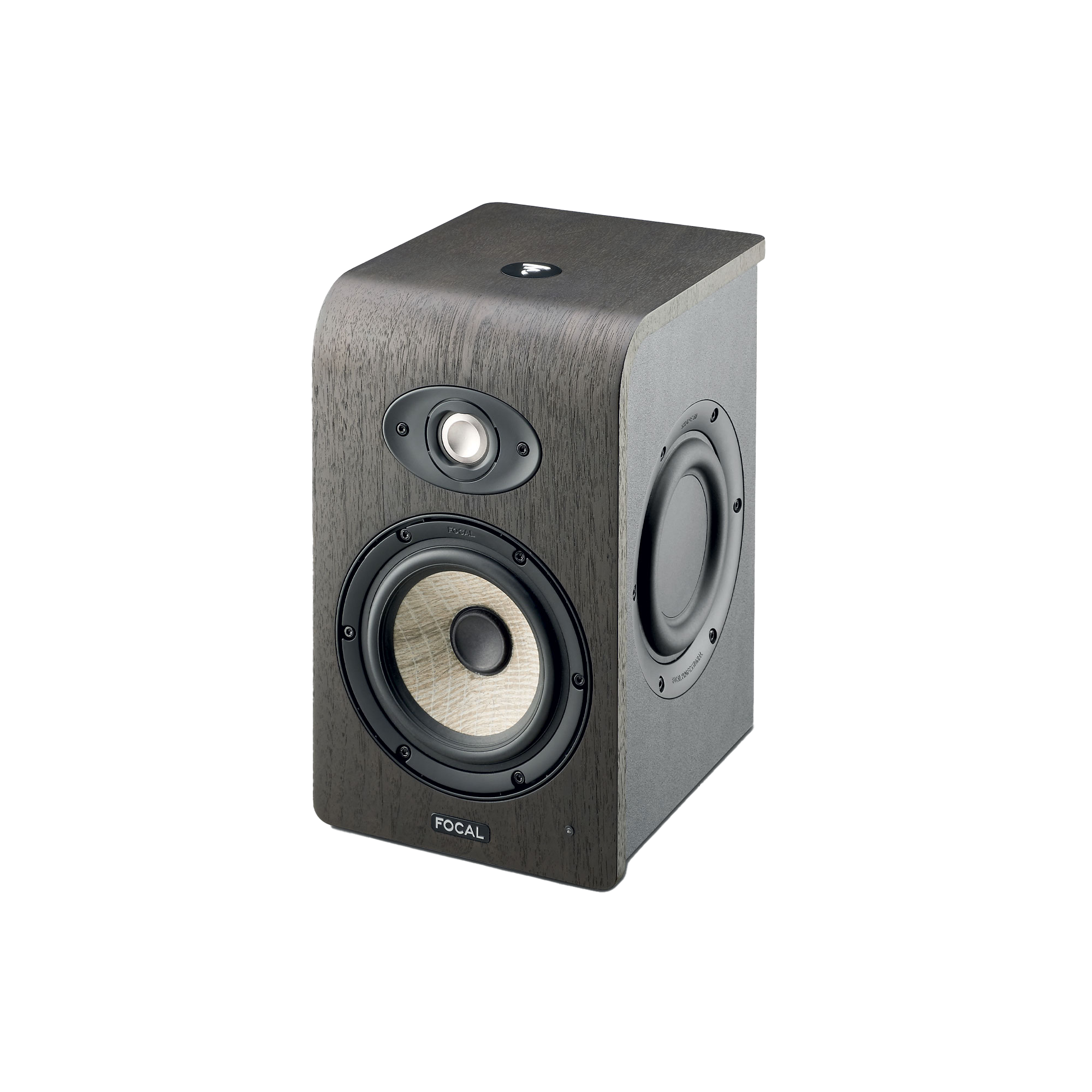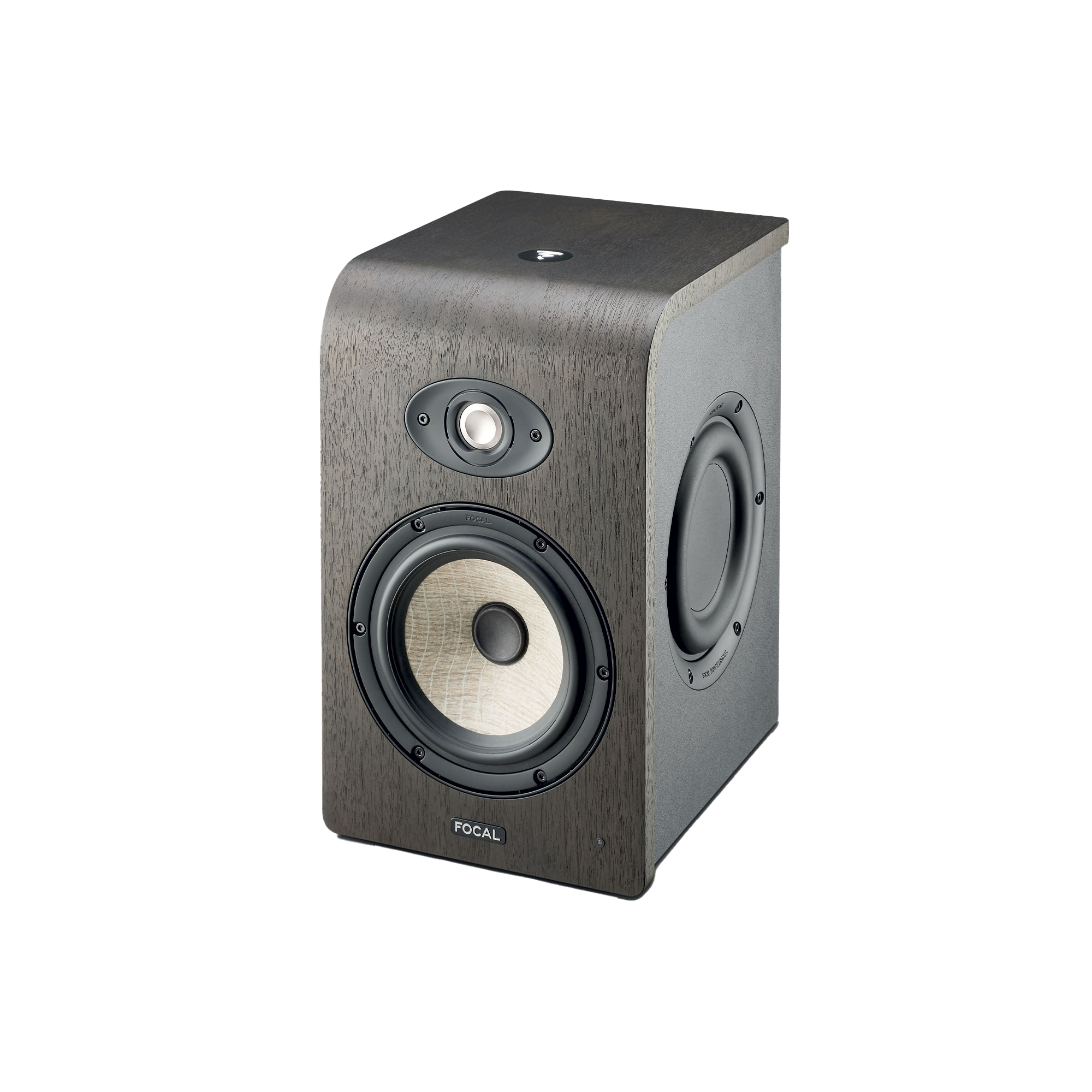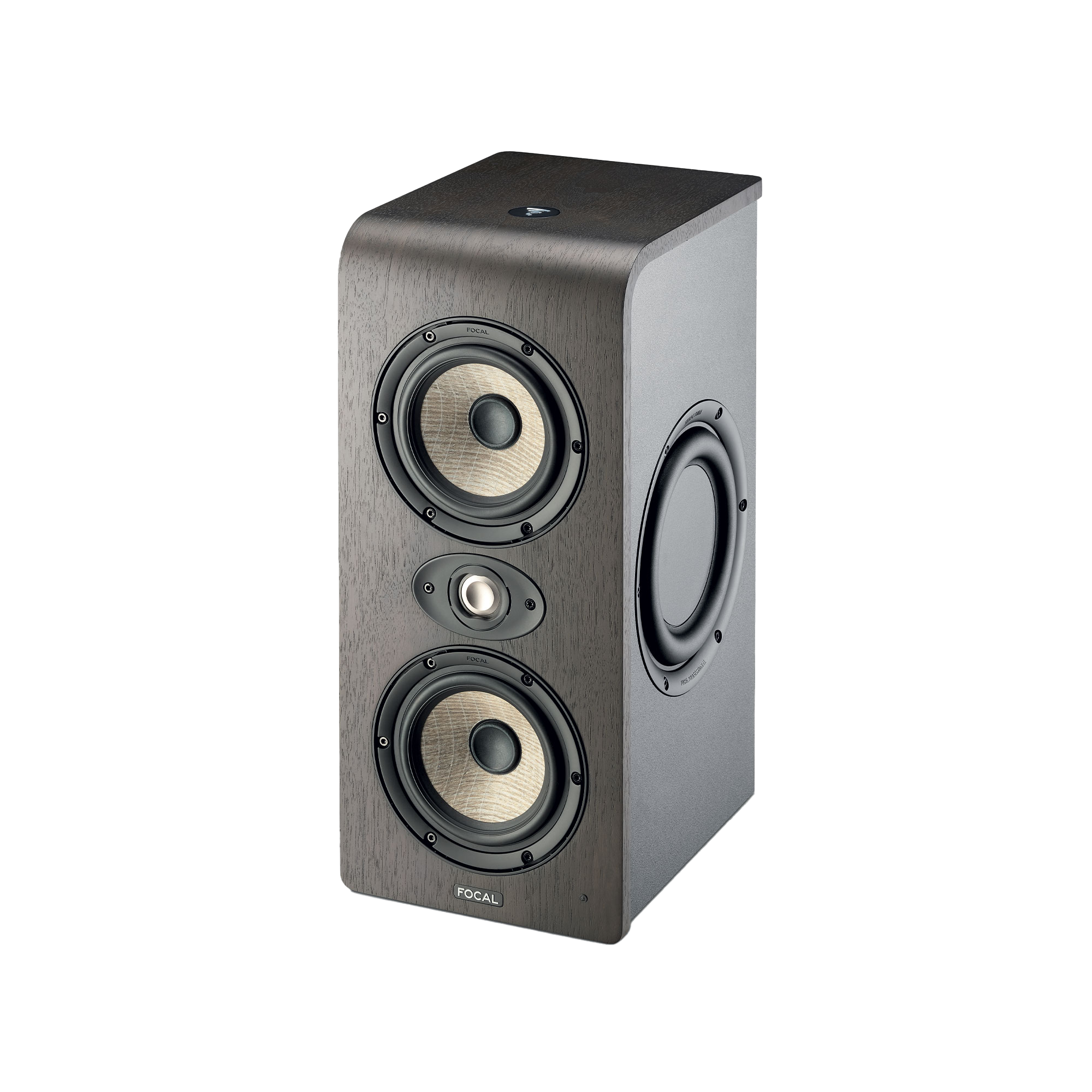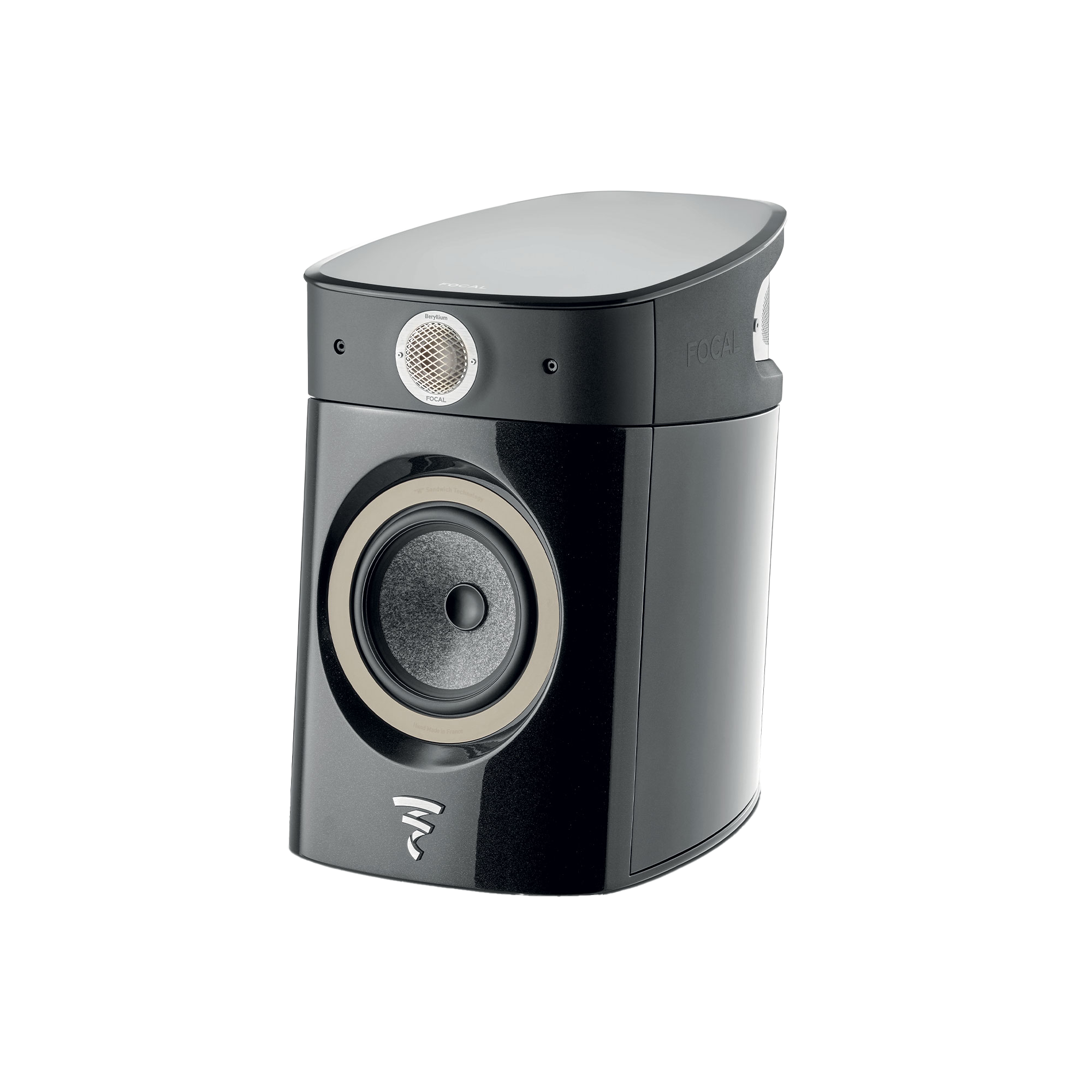The accuracy and detail of the reproduction depends on the stability of the magnetic flux.
Stabilizing the magnetic flux field
After pushing the limits with electromagnet devices, our engineers realized that the magnetic flux field, no matter how strong, has a dynamic dimension that we can't control.
The magnetic flux is not stable, as it is modulated by three factors:
- the movement of the coil (Lenz's law),
- the current flowing through it (eddy current),
- frequency.
As a result, the coil and all the moving parts, including the diaphragm, are supported by a magnetic flux that becomes "elastic", resulting in a loss of precision.
NIC technology - Neutral Inductance Circuit
After three years of research and the development of simulation software to visualize these complex interactions, Focal engineers have created an incredibly stable magnetic circuit for the Sopra line of high-fidelity loudspeakers.
The solution, NIC technology, resides in a Faraday ring whose dimensions, material and positioning have been optimized to make the magnetic flux insensitive to the position of the coil, and to the intensity and frequency of the current flowing through it.
A guarantee of very high definition.

Visual analogy of magnetic disturbances
Without Faraday ring

Variations intheposition of the coil and the current flowing through it in a conventional circuit result in a blur.
With Faraday ring

The Faraday ring technique is well known for improving definition, but on the other hand there is a loss of dynamic range/contrast.
Focal Faraday ring

Our new simulation software combines the best of both worlds: ultra-high-definition and dynamics/contrast.
Measurement and analysis

Actual measurement made on Klippel® for a 6" mid-range: in blue with the new "NIC" circuit and in red with a 6" mid-range with conventional ferrite motor. Left: Variation of the inductance as a function of the current flowing through the coil, varying according to the musical message. Total stability of the "NIC" circuit. Right: Variation of inductance as a function of coil position in the air gap. The result is spectacular.

Actual measurement on Klippel for an 8" woofer: red without ring and blue with ring optimized using our simulation tool. Left: variation in inductance as a function of the current flowing through the coil, varying according to the musical message. Total stability. Right: inductance variation as a function of coil position in the air gap. Here again, the result is spectacular, especially when the coil enters the air gap.

Frequency response: our latest-generation midrange in blue, compared with a previous-generation W midrange in red. The frequency extension resulting from all the improvements, in particular the exponential profile, is significant. It augurs better transient response. NB: The dip at 3,000 Hz is due to the absence of a core-hider on our test unit.

Analysis of the Klippel "multitone" distortion, which gives a global view of distortion (harmonic and intermodulation), reveals the progress made, with a gain of around 10 dB, a reduction of almost 70%.

Focal products using this technology
Discover other Focal technologies
REMOTE AMPLIFIER IN CURRENT MODE
"M" profile Béryllium Tweeter
TNF Tweeter

JOIN THE COMMUNITY
Get a sneak preview of the latest audio innovations and new products from Focal and Naim by subscribing to our exclusive newsletters. Be among the first to benefit from privileged information delivered straight to your inbox.
Newsletter
New products and limited editions
Invitations to exclusive events
Benefit from special offers
